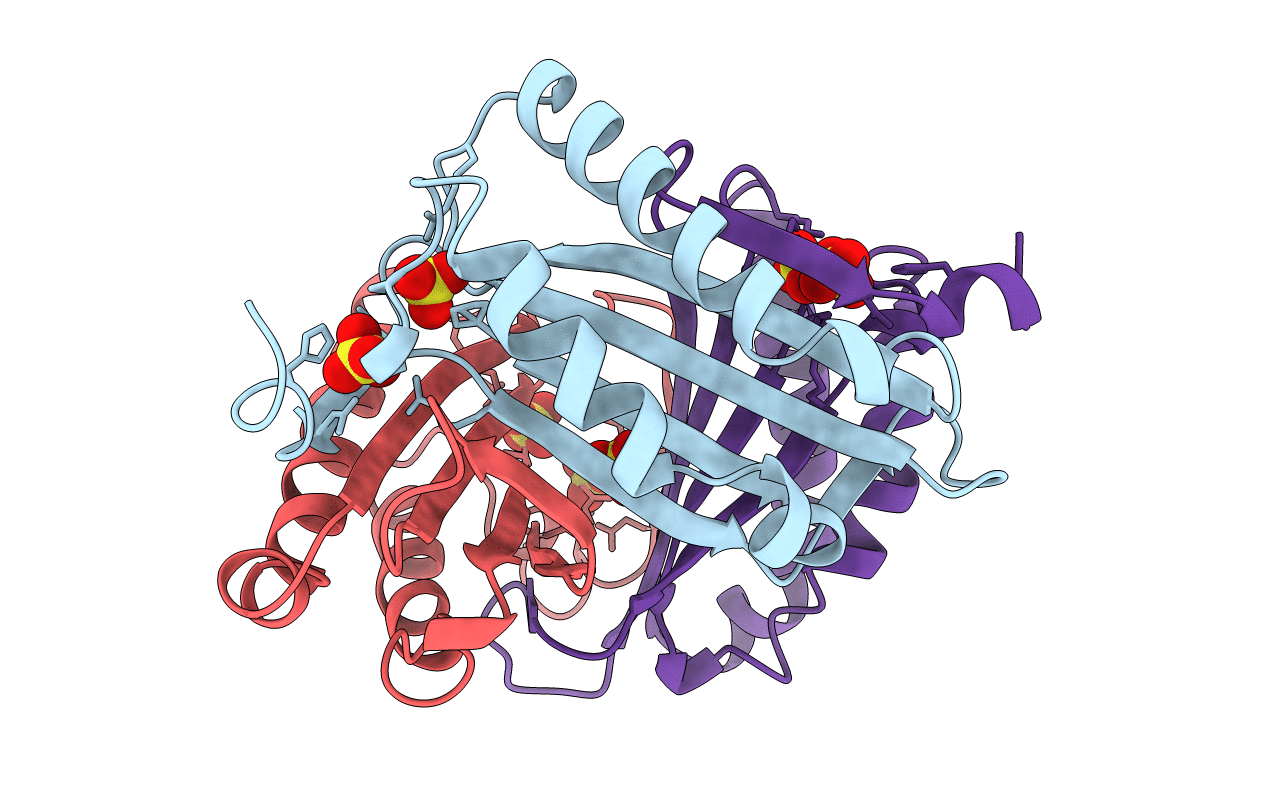
Deposition Date
1995-11-09
Release Date
1996-04-03
Last Version Date
2024-02-14
Method Details:
Experimental Method:
Resolution:
2.10 Å
R-Value Observed:
0.17
Space Group:
P 41 21 2


